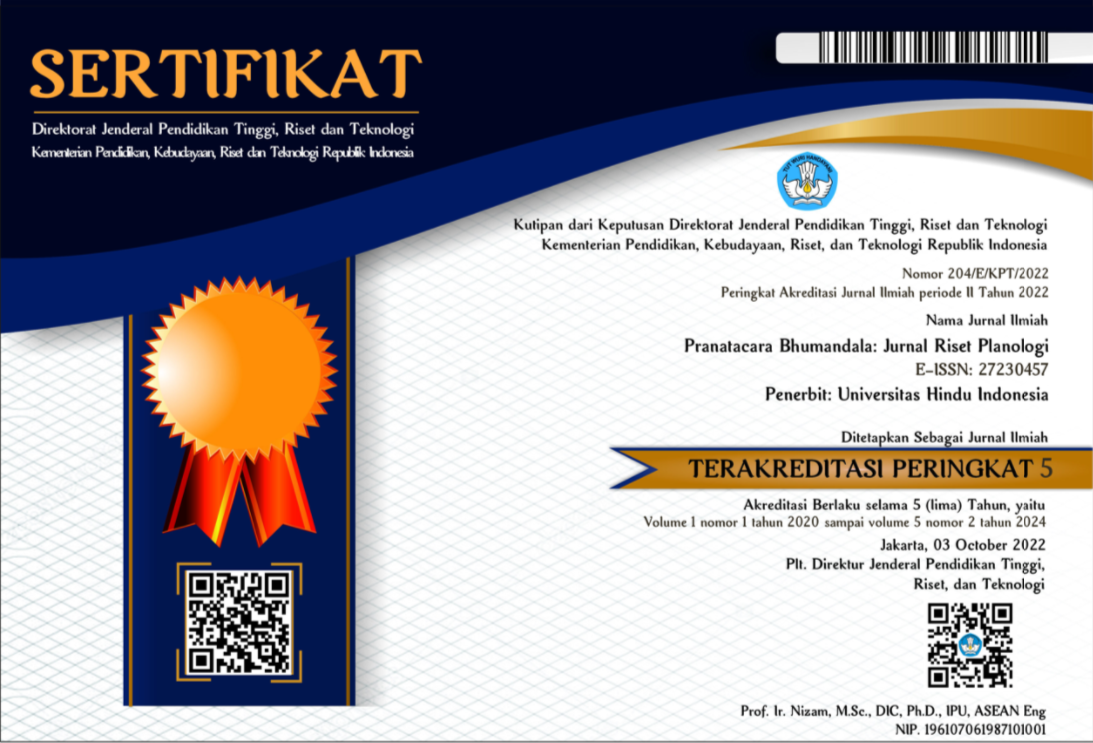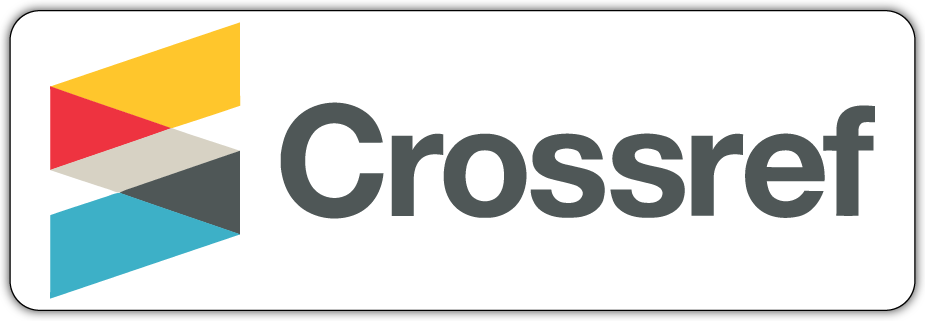TINJAUAN KEBUTUHAN INFRASTRUKTUR PERSAMPAHAN PERKOTAAN DENGAN METODE PERAMALAN PADA TAHUN 2022-2042 KOTA MALANG, JAWA TIMUR
Abstract
Malang City is one of the areas included in the ranks of livable cities in Indonesia. In fact, in 2018, based on a study conducted by the Indonesian Association of Planners (IAP), it was stated that Malang City ranks first as the most livable city. One of the indicators measured in this study is the urban solid waste management system. Therefore in this study will be tested whether the available solid waste infrastructure in the existing conditions is still sufficient to overcome the generation of household waste in Malang City. The aim is to identify and forecast the need for solid waste infrastructure in Malang City. Time series population data is the database in this study, where forecasting will be carried out from the total population in Malang City, so that later the projection of waste generation and the amount of waste infrastructure needs in Malang City will be known in the year of forecasting. The results of the analysis show that even in the existing conditions, the solid waste infrastructure in Malang City is no longer able to cope with the generation of community waste in Malang City. Even for landfill waste facilities, up to 4 additional units are needed by 2027. From the aspect of land availability and capability for landfills, it is actually still very sufficient, but gradually the available land will run out. Therefore the government of Malang City must overcome the waste problem from the aspect of management in each infrastructure, not just increasing the amount of waste infrastructure.










